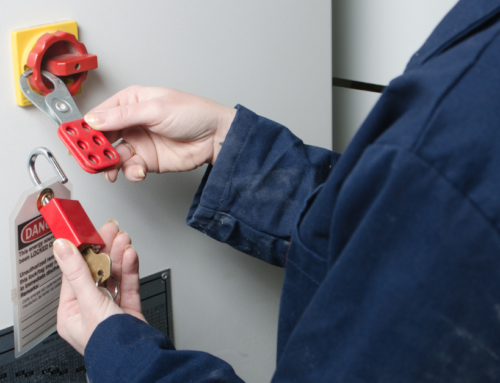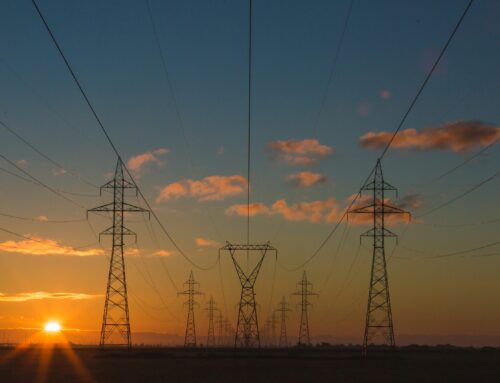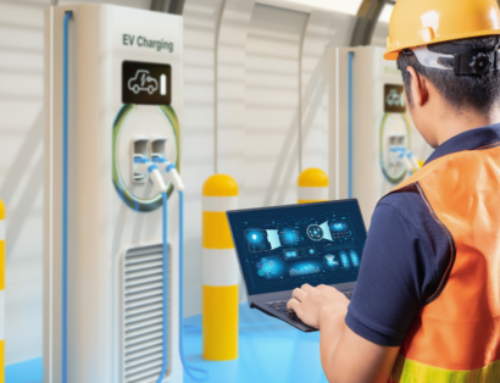Understanding the Key Updates in AS/NZS 4777.1:2024
 The Australian energy landscape continues to evolve, and with it, the standards governing electrical installations. The updated AS/NZS 4777.1:2024 standard represents an important shift towards improving safety and aligning installation requirements with AS/NZS 3000. In this article, we’ll break down some of the most notable changes and their implications for electrical contractors across Australia.
The Australian energy landscape continues to evolve, and with it, the standards governing electrical installations. The updated AS/NZS 4777.1:2024 standard represents an important shift towards improving safety and aligning installation requirements with AS/NZS 3000. In this article, we’ll break down some of the most notable changes and their implications for electrical contractors across Australia.
Overview of Changes
The AS/NZS 4777.1:2024 standard has undergone a significant restructuring to eliminate duplication and ensure compatibility with other installation standards. Key updates include:
- Redefined ‘Standalone Mode’ and Phase Balance Requirements: To enhance system reliability, new specifications for phase balance and adjustments to central protection have been developed.
- Raised Voltage Limits for Domestic Systems: The DC voltage limit for domestic installations has increased from 600V to 1000V, aligning with AS/NZS 5033.
- Introduction of New Supply Types: The update classifies supply types into Normal, Supplementary, Alternative, Independent, and Substitute supplies, addressing evolving energy solutions such as hybrid inverters and Vehicle-to-Grid (V2G) systems.
Section Breakdown
Section 3 – Connection of IES to Electrical Installation
- Supplementary Supply from Inverters: Inverters connected to the grid now have greater clarity for operating in supplementary supply mode, allowing integration with emerging systems like electric vehicles (EVs) with V2G capabilities.
- Enhanced Protection and Isolation: Requirements for circuit protection and isolation have been expanded, and particular clarity has been provided for installations involving multiple inverters where the inverter is within 3m of the switchboard.
Section 4 – Connection of Energy Sources
- The 2024 standard provides clearer directives for various energy sources that will supply the inverter. Whether it be a generator (AS 3010), PV array (AS 5033), or battery systems (AS 5139), primary information will come from their relevant standard. This ensures that installations meet safety requirements based on the specific energy source and that the rules are homogenised with minimal duplication.
Section 5 – Multiple Mode IES Installation
- The update introduces a new ‘substitute supply’ category, which allows multi-mode inverters to supply a single socket outlet during a grid outage.
- Independent Supply Systems: Multi-mode inverters configured for island operation are now explicitly defined, with specifications for backup AC input ports, which can connect to either grid supply or generators.
Best Practices for Implementation
To ensure compliance with AS/NZS 4777.1:2024, contractors should prioritise training and familiarisation with the new standards. The inclusion of diverse energy sources, particularly EVs and hybrid inverters, means that installation protocols must be reviewed and potentially revised. By staying updated and adopting best practices, contractors can ensure safe, compliant, and efficient installations for residential and commercial clients.
Implementation Timeline
While New South Wales has already adopted AS/NZS 4777.1:2024, other states are in a transition period. The 2016 version will remain valid until February 2025, giving contractors six months to adapt to the new requirements.
Final Thoughts
The AS/NZS 4777.1:2024 changes are designed to improve safety and support the evolving energy systems landscape. Master Electricians Australia, along with the Smart Energy Council, has been actively involved in educating the industry about these updates. To gain a comprehensive understanding, consider enrolling in the free Smart Installer CPD Training offered by the Smart Energy Council.




